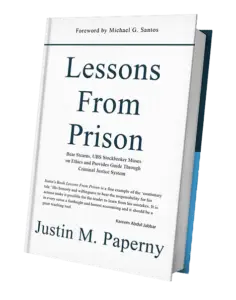The Bureau of Prisons’ (BOP) launch of the FSA Task Force changes how home confinement credits are calculated and applied under the First Step Act (FSA) and Second Chance Act (SCA). This will directly affect how quickly eligible inmates can transition to community placement, and staff will be held accountable for processing those referrals on time.
Under Director William K. Marshall III, the BOP has committed to correcting the delays that left eligible individuals stuck in institutions despite qualifying for community placement. The task force at the Designation and Sentence Computation Center (DSCC) now works directly with Residential Reentry Management (RRM) offices to manually review time credits, calculate Conditional Placement Dates, and accelerate transfers to Residential Reentry Centers (RRCs) or home confinement.
For staff, this provides long-overdue support. Director Marshall acknowledged that many were operating with incomplete or inaccurate data, leading to frustration from inmates and families who assumed the delays were due to negligence. The task force gives staff the tools—and the backup—to apply FSA and Second Chance Act credits accurately, clearing up confusion and reducing administrative strain.
For inmates, the change is just as significant — but it comes with a clear expectation: they must take responsibility for preparing for release. The memo makes it clear that “maximizing community placement” isn’t just a paperwork process; it requires inmates to prove, with documented steps, that they’ve actively worked toward readiness for reentry.
This is where the release plan comes in.
In the past, many incarcerated people assumed that eligibility alone determined access to home confinement. That’s no longer the case. Today, a release plan is an asset—something that case managers and RRMs will review to evaluate readiness for placement. This plan must detail personal growth, program completion, vocational goals, family support structures, and a realistic plan for reentry.
Michael Santos set this standard years ago with his Release Plan Workbook, which has helped thousands inside the BOP system to prepare structured, credible personal narratives. That work helped establish the foundation that is now reflected in BOP policy.
But in the digital era, it’s not enough to draft a plan and hand it to a counselor. Platforms like PrisonProfessorsTalent.com provide an avenue for individuals to publicly document their progress, creating a digital record that reinforces their commitment to rehabilitation. This public record matters. It gives stakeholders—including probation officers, case managers, and judges—something concrete to review when evaluating a request for early placement or community confinement.
The FSA Task Force isn’t just about clearing backlogs. It’s about making sure staff have what they need to process cases correctly — and making sure incarcerated people take responsibility for proving they’re prepared to return home.
Join our weekly webinar every Tuesday at 11AM Pacific / 2PM Eastern to learn how to craft a release plan that meets BOP standards and strengthens your push for early release. Want your case to be more private? Book a personal call with our team.
Justin Paperny



